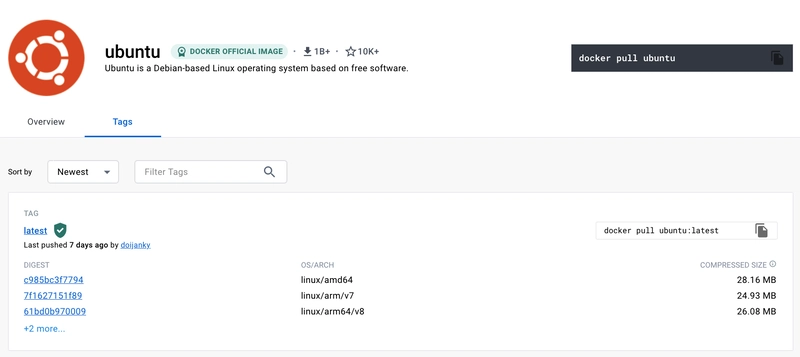Exploring Next.js 15 and Server Actions: A Deep Dive
Exploring Next.js 15 and Server Actions: A Deep Dive Introduction Next.js 15 has introduced a plethora of new features that enhance the developer experience and improve application performance. One of the standout features is Server Actions, which allows developers to handle server-side logic more efficiently. In this blog post, we will explore the new features of Next.js 15, delve into Server Actions, and provide practical implementation examples and best practices. What’s New in Next.js 15? Next.js 15 comes packed with improvements and new features: Server Actions: A new way to handle server-side logic directly in your components. Improved Image Optimization: Enhanced support for image formats and automatic optimization. Streaming and Suspense: Better support for React 18 features, allowing for smoother loading states. Enhanced Routing: More flexible routing options to improve navigation. Understanding Server Actions Server Actions allow you to define server-side functions that can be called directly from your components. This reduces the need for API routes and simplifies data fetching. How to Implement Server Actions To implement Server Actions in your Next.js 15 application, follow these steps: Define a Server Action: Create a function that will handle your server-side logic. // app/actions.js export async function fetchData() { const response = await fetch('https://api.example.com/data'); return response.json(); } Call the Server Action in a Component: Use the action directly in your component. // app/page.js import { fetchData } from './actions'; export default async function Page() { const data = await fetchData(); return ( Data from Server Action {JSON.stringify(data, null, 2)} ); } Real-World Use Case Imagine you are building a dashboard that displays user statistics. Instead of creating a separate API route, you can use Server Actions to fetch the data directly: // app/userStats.js import { fetchUserStats } from './actions'; export default async function UserStats() { const stats = await fetchUserStats(); return ( User Statistics Total Users: {stats.total} Active Users: {stats.active} ); } Best Practices for Using Server Actions Keep Actions Simple: Server Actions should be focused on a single task to maintain clarity and reusability. Error Handling: Implement error handling within your actions to manage API failures gracefully. Optimize Data Fetching: Use caching strategies where applicable to reduce server load and improve performance. Conclusion Next.js 15 and its Server Actions feature provide a powerful way to streamline server-side logic in your applications. By reducing the need for separate API routes and allowing direct calls from components, developers can create more efficient and maintainable code. As you explore these new features, remember to follow best practices to ensure your applications remain performant and user-friendly. Embrace the power of Next.js 15 and start building more dynamic applications today!

Exploring Next.js 15 and Server Actions: A Deep Dive
Introduction
Next.js 15 has introduced a plethora of new features that enhance the developer experience and improve application performance. One of the standout features is Server Actions, which allows developers to handle server-side logic more efficiently. In this blog post, we will explore the new features of Next.js 15, delve into Server Actions, and provide practical implementation examples and best practices.
What’s New in Next.js 15?
Next.js 15 comes packed with improvements and new features:
- Server Actions: A new way to handle server-side logic directly in your components.
- Improved Image Optimization: Enhanced support for image formats and automatic optimization.
- Streaming and Suspense: Better support for React 18 features, allowing for smoother loading states.
- Enhanced Routing: More flexible routing options to improve navigation.
Understanding Server Actions
Server Actions allow you to define server-side functions that can be called directly from your components. This reduces the need for API routes and simplifies data fetching.
How to Implement Server Actions
To implement Server Actions in your Next.js 15 application, follow these steps:
- Define a Server Action: Create a function that will handle your server-side logic.
// app/actions.js
export async function fetchData() {
const response = await fetch('https://api.example.com/data');
return response.json();
}
- Call the Server Action in a Component: Use the action directly in your component.
// app/page.js
import { fetchData } from './actions';
export default async function Page() {
const data = await fetchData();
return (
<div>
<h1>Data from Server Action</h1>
<pre>{JSON.stringify(data, null, 2)}</pre>
</div>
);
}
Real-World Use Case
Imagine you are building a dashboard that displays user statistics. Instead of creating a separate API route, you can use Server Actions to fetch the data directly:
// app/userStats.js
import { fetchUserStats } from './actions';
export default async function UserStats() {
const stats = await fetchUserStats();
return (
<div>
<h2>User Statistics</h2>
<p>Total Users: {stats.total}</p>
<p>Active Users: {stats.active}</p>
</div>
);
}
Best Practices for Using Server Actions
- Keep Actions Simple: Server Actions should be focused on a single task to maintain clarity and reusability.
- Error Handling: Implement error handling within your actions to manage API failures gracefully.
- Optimize Data Fetching: Use caching strategies where applicable to reduce server load and improve performance.
Conclusion
Next.js 15 and its Server Actions feature provide a powerful way to streamline server-side logic in your applications. By reducing the need for separate API routes and allowing direct calls from components, developers can create more efficient and maintainable code. As you explore these new features, remember to follow best practices to ensure your applications remain performant and user-friendly.
Embrace the power of Next.js 15 and start building more dynamic applications today!


![Apple Considers Delaying Smart Home Hub Until 2026 [Gurman]](https://www.iclarified.com/images/news/96946/96946/96946-640.jpg)































































![Tariffs Threaten Apple's $999 iPhone Price Point in the U.S. [Gurman]](https://www.iclarified.com/images/news/96943/96943/96943-640.jpg)
![iPhone 17 Pro Won't Feature Two-Toned Back [Gurman]](https://www.iclarified.com/images/news/96944/96944/96944-640.jpg)



































































































 (1).webp?#)




_Christophe_Coat_Alamy.jpg?#)











































































![[The AI Show Episode 142]: ChatGPT’s New Image Generator, Studio Ghibli Craze and Backlash, Gemini 2.5, OpenAI Academy, 4o Updates, Vibe Marketing & xAI Acquires X](https://www.marketingaiinstitute.com/hubfs/ep%20142%20cover.png)
































































































































![From drop-out to software architect with Jason Lengstorf [Podcast #167]](https://cdn.hashnode.com/res/hashnode/image/upload/v1743796461357/f3d19cd7-e6f5-4d7c-8bfc-eb974bc8da68.png?#)



![[DEALS] The Premium Learn to Code Certification Bundle (97% off) & Other Deals Up To 98% Off – Offers End Soon!](https://www.javacodegeeks.com/wp-content/uploads/2012/12/jcg-logo.jpg)


































.png?#)

























































